Bacteriophages, commonly known as phages, are viruses that infect bacteria. The double agar method is used to isolate and purify phages from various samples, including raw milk, air, soil, and sewage. The method allows researchers to obtain pure phage strains, which are crucial for phage therapy and further characterization.
Procedure: Double Agar Method
- Mixing of Phage Suspension (sample) and Host Cells
- A small volume of a dilution of phage suspension and host cells are mixed in molten, ‘soft’ agar. (some samples may require an enrichment stage)
- The resulting suspension is then poured onto an appropriate ‘nutrient’ basal agar medium to form a thin ‘top layer’ which hardens and immobilizes the bacteria.
- Incubation
- During incubation, the uninfected bacteria multiply to form a confluent lawn of bacterial growth over the surface of the plate.
- After a short time, each infected bacterium bursts and liberates progeny phages that infect adjacent bacteria, leading to a chain reaction and the formation of circular zones of bacterial lysis called plaques.
- Isolation of Plaques
- Plaques are isolated using a Pasteur pipette or a wire loop.
- The area around the plaque is excised, and the piece of ‘soft agar’ containing the phage is removed.
- The plaque material is then added to a diluent such as SM Buffer solution.
- Breaking the Agar into Pieces
- The agar is gently broken into smaller pieces with a wire loop.
- The resulting mixture is mixed briefly with a vortex mixer and left at ambient temperature for 5-10 minutes.

- Filter-Sterilization
- The phage suspension is filter-sterilized through a 0.45/0.22 µm syringe-mounted filtration unit to remove any bacteria including phage-resistant host bacteria.
- Note: If the phage aggregates, some phage may be retained by the filter.
- For coliphages, chloroform treatment may be used to kill bacteria, but this may inactivate some phages and should be used with caution and proper controls. Sodium azide can also be used for some phages.
- Second Cycle of Purification
- The second cycle of purification is required to ensure a single phage-strain population.
- Dilutions of 10-1 to 10-4 of the filter-sterilized suspension should give plates with adequate plaque numbers for further work (repeat steps 1-5 for each cycle).
Conclusion
This procedure can be used to isolate and purify phages from various samples, providing researchers with pure phage strains. Optimization may be necessary for particular phages, such as large isometric phages, which may be fragile and aggregate during the purification process. It is important to follow this procedure thoroughly to avoid negative effects, such as the transfer of antimicrobial resistance genes, in phage therapy applications.


Comments